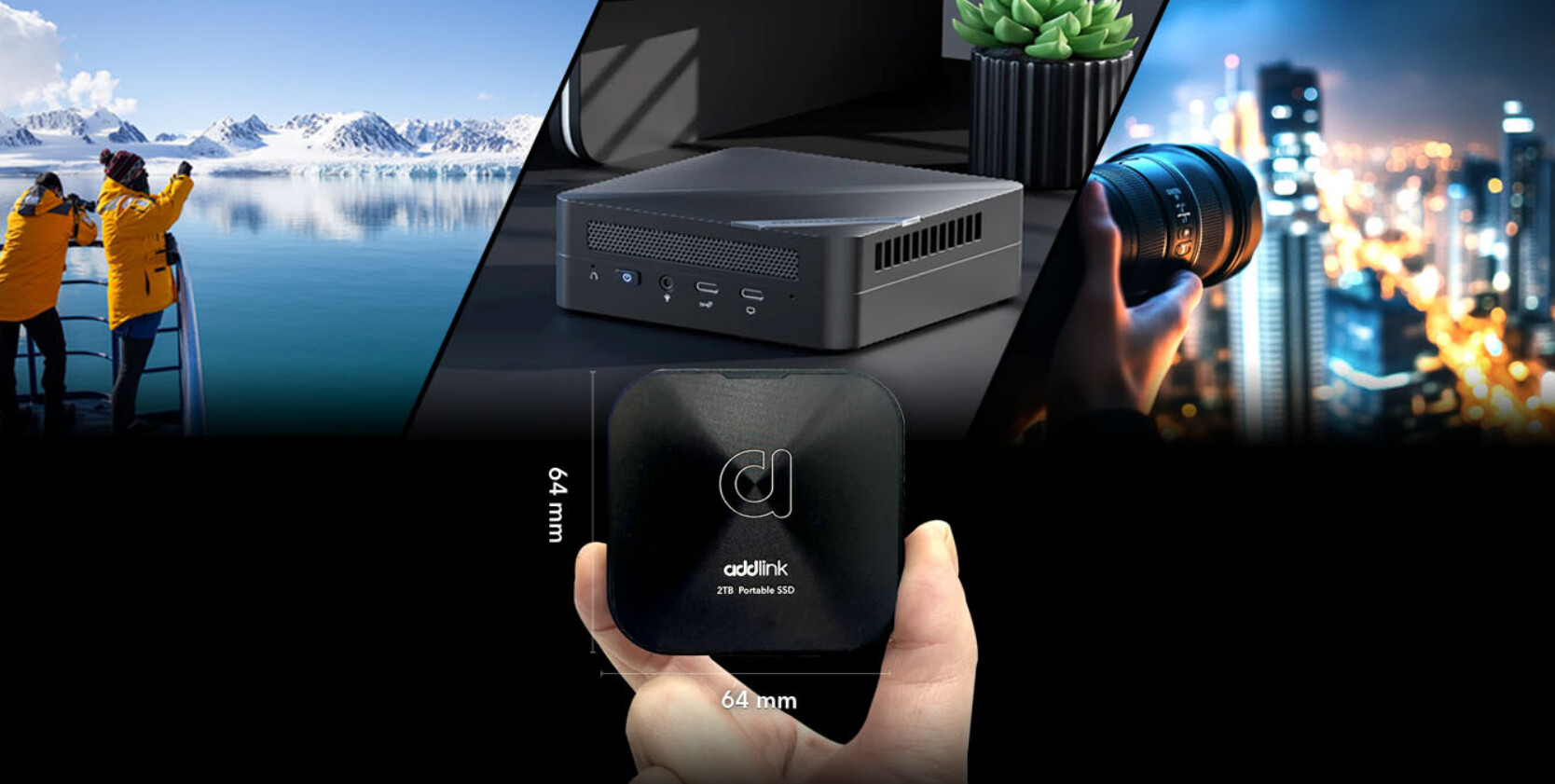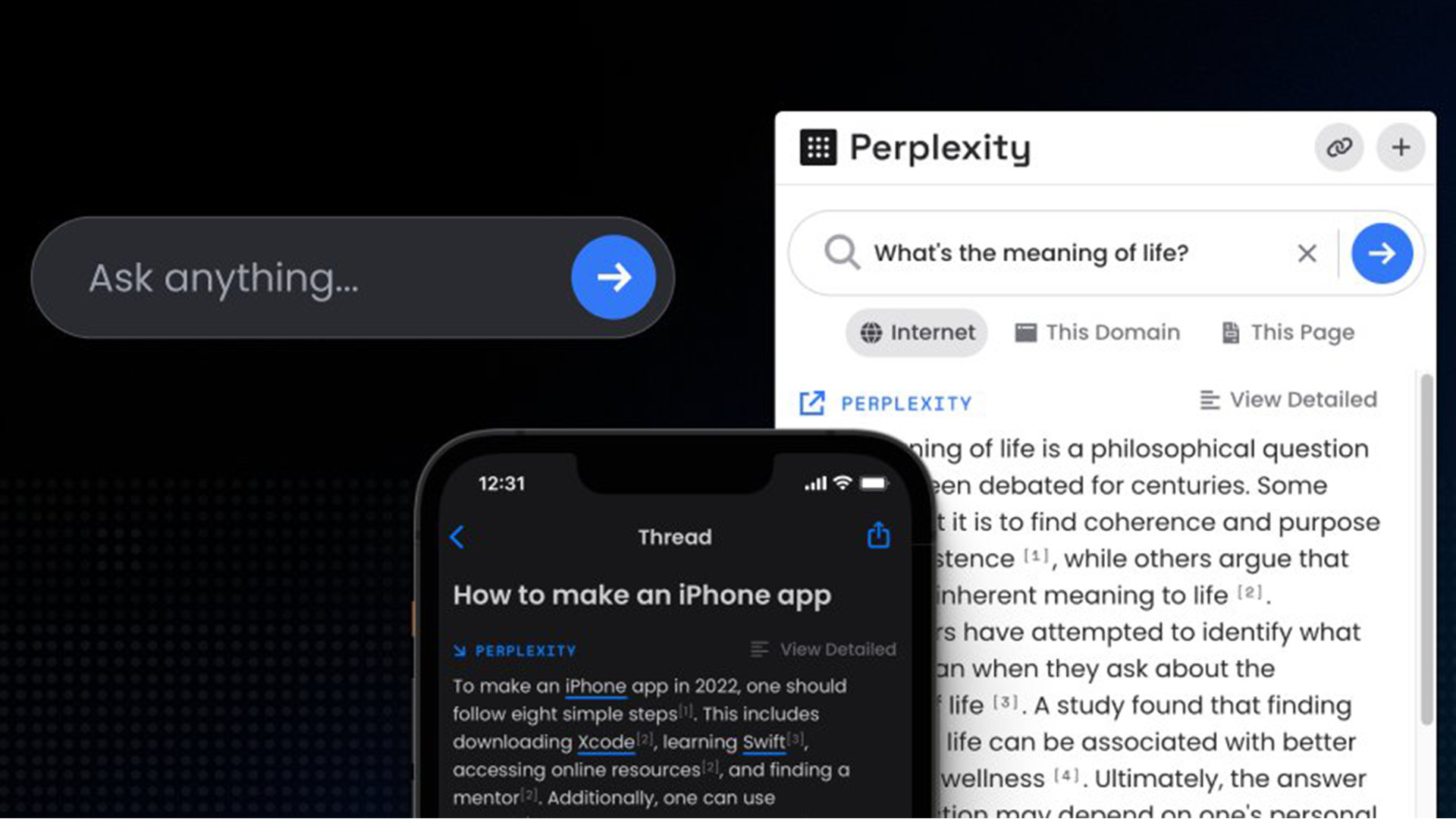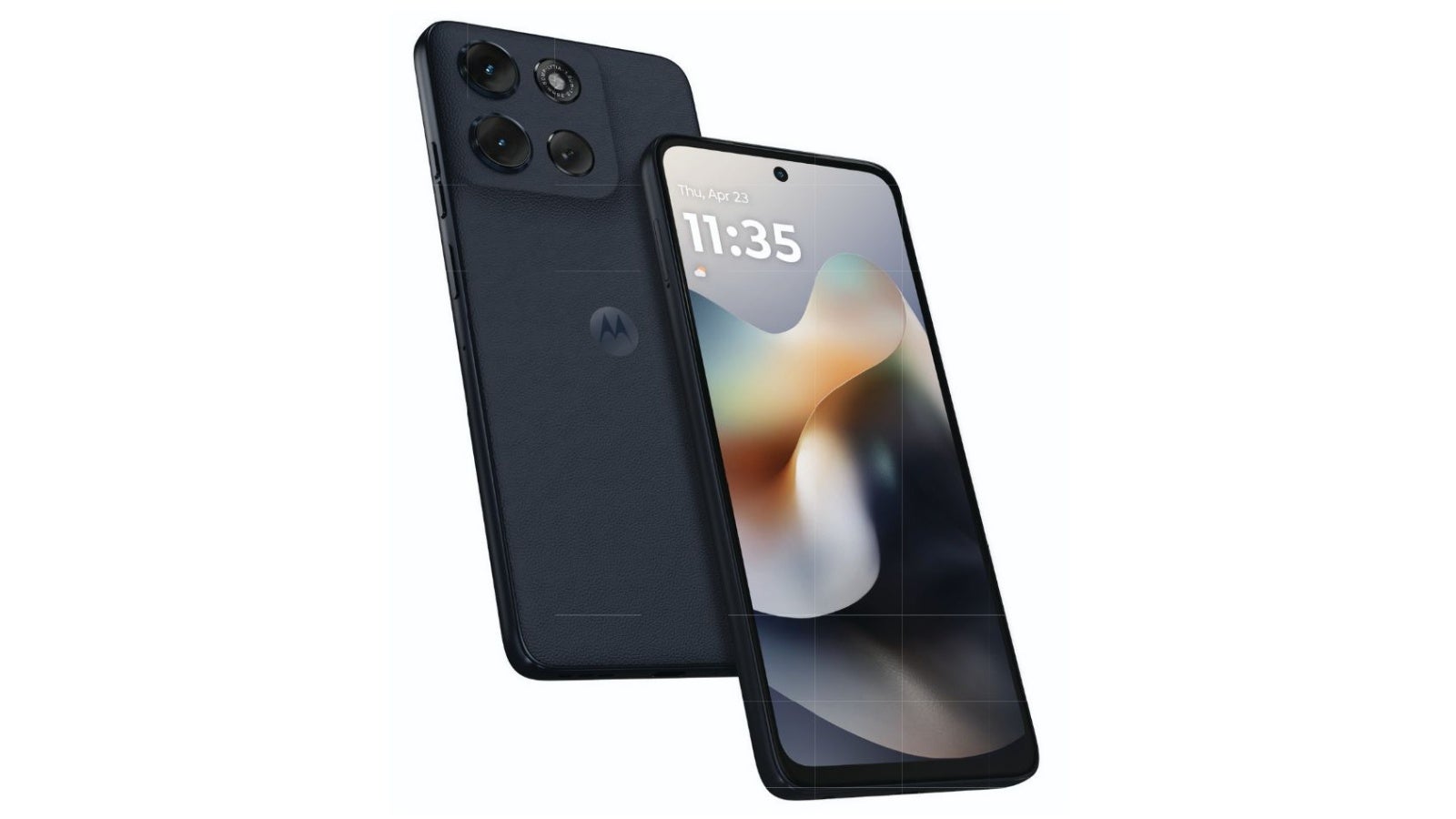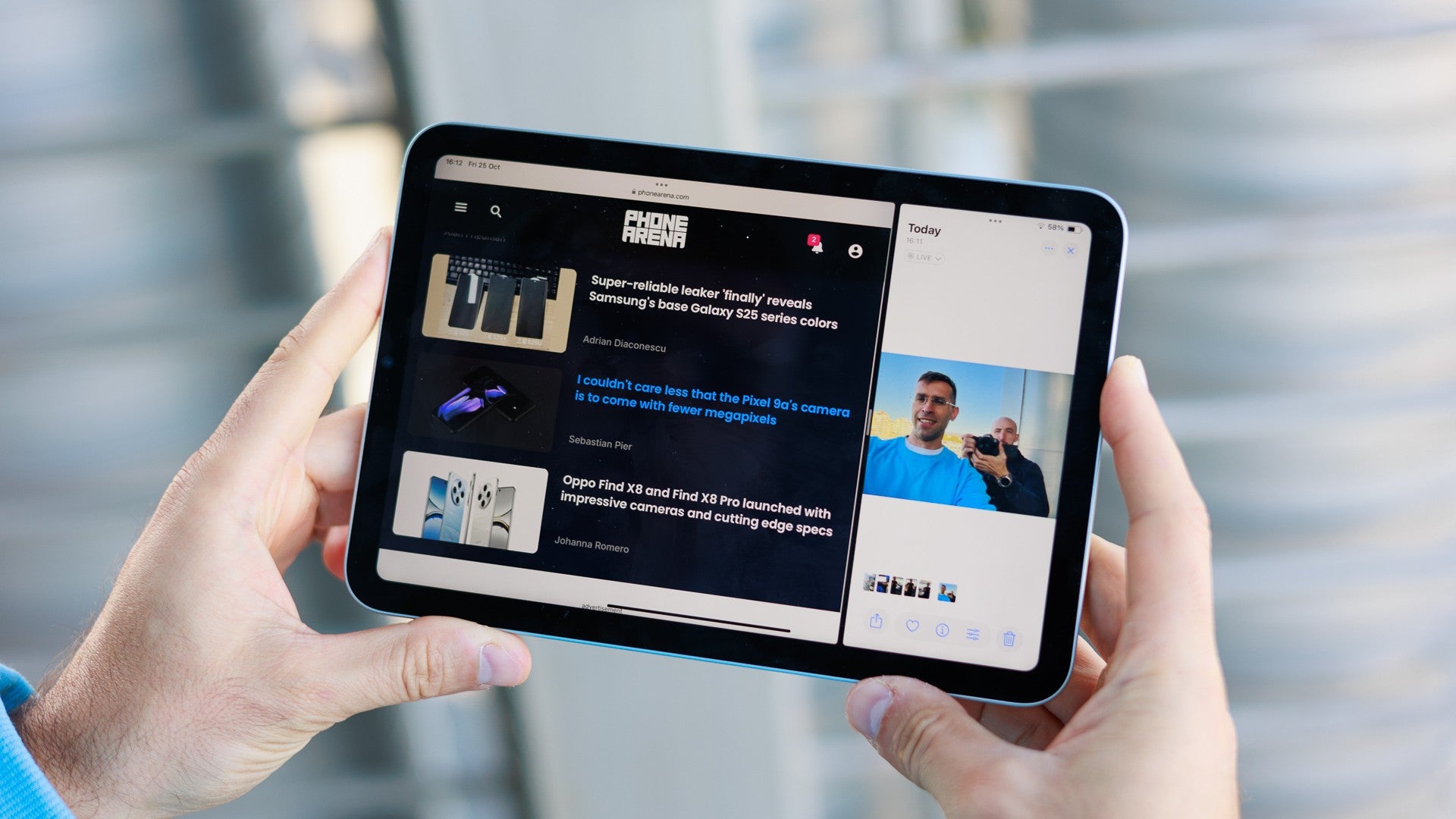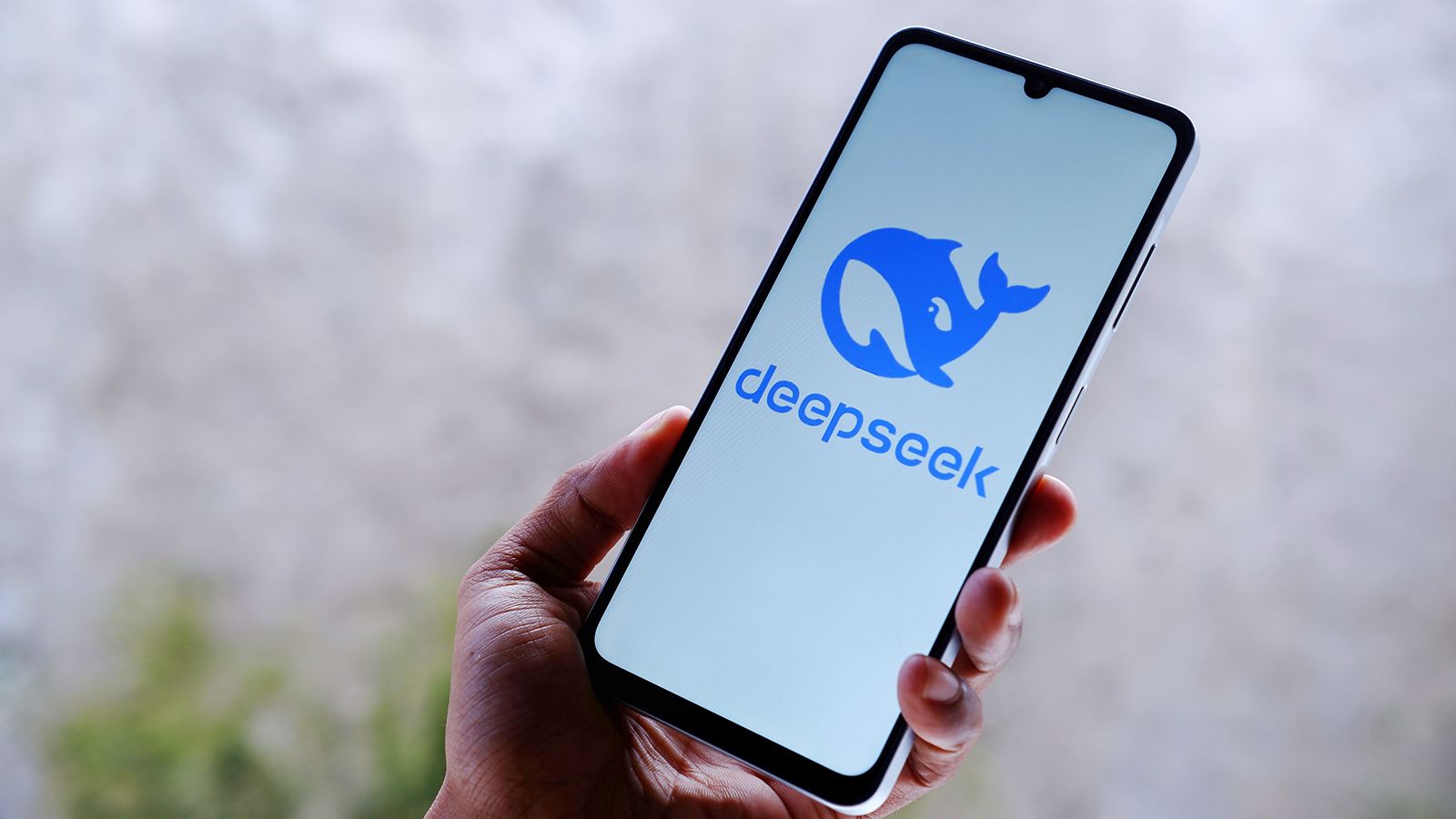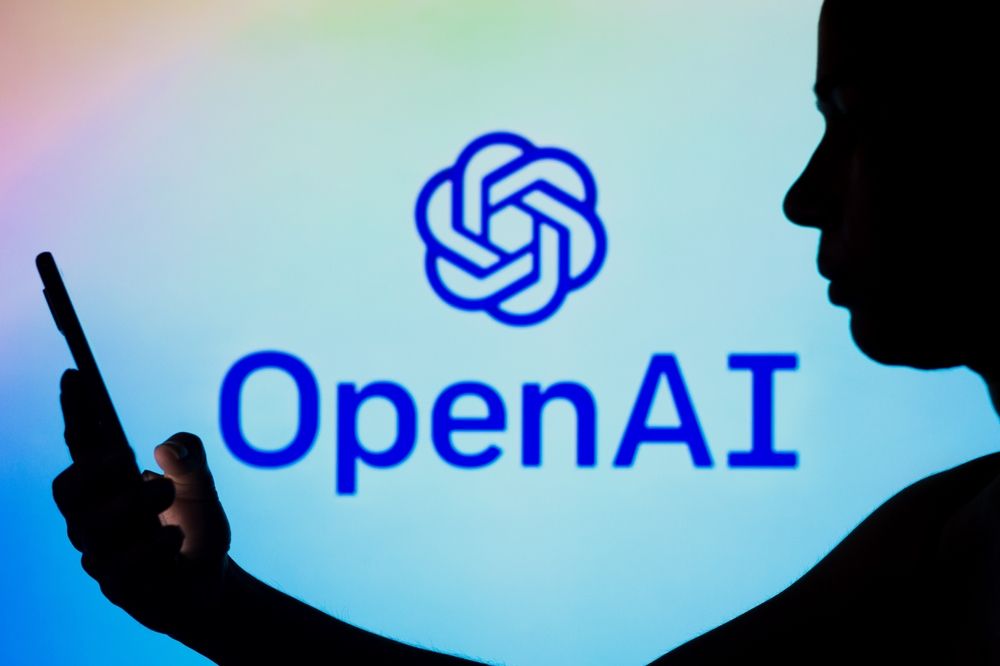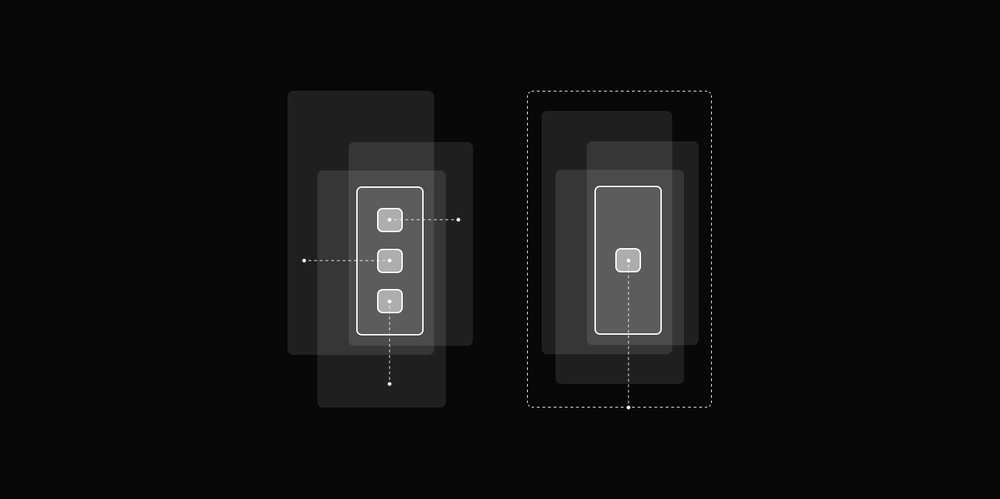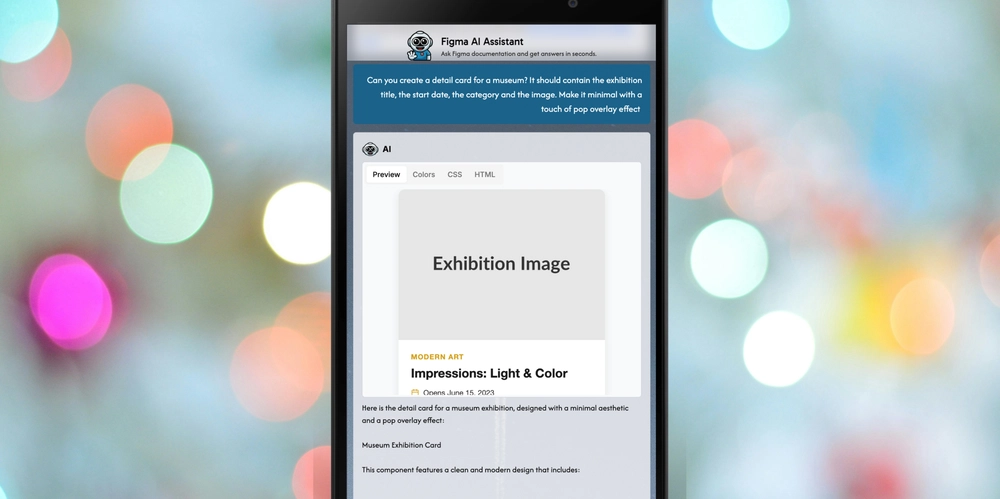Web NFC API for Near Field Communication
The Web NFC API for Near Field Communication: An In-Depth Exploration Table of Contents Introduction What is NFC? The Evolution of Web NFC Purpose of the Web NFC API Historical Context Overview of NFC Technology Adoption in Web Standards The Role of W3C Technical Context How NFC Works NFC Data Exchange Format (NDEF) Communication Modes: Reader and Writer Web NFC API Specifications Overview of API Design Permissions and User Interaction Model Data Types Supported in Web NFC Code Examples Basic Read Operation Write Operation Advanced Use Cases with Error Handling Handling Specific NDEF Records Edge Cases and Exception Handling Dealing with Unsupported Devices Connection Timeouts Data Format Issues Comparison with Alternative Approaches Bluetooth and Web Bluetooth QR Codes and their Similarities Alternative Web APIs for IoT Communication Real-World Use Cases Contactless Payments Smart Posters and Marketing Healthcare Applications Performance Considerations Latency and Speed Battery Usage Impact Optimizing the NFC Experience Potential Pitfalls and Debugging Techniques Common Mistakes and How to Avoid Them Debugging Tools and Techniques Conclusion Future Prospects of NFC in Web Technologies Final Thoughts 1. Introduction What is NFC? Near Field Communication (NFC) is a set of communication protocols that enable two electronic devices to communicate when they are within proximity—typically within a distance of 4 cm (or 1.6 inches). It facilitates various applications including contactless payments, data exchange, and device pairing. The Evolution of Web NFC The Web NFC API, as part of the evolving HTML5 specifications, is a result of a growing need for web applications to interact directly with physical objects. The W3C Working Group started formalizing the Web NFC API in 2018, making it a pivotal technology for developers looking to harness the potential of NFC within web applications. Purpose of the Web NFC API The main ambition of Web NFC is to enable web applications to send and receive NFC messages in a standardized way. This exposes the power of NFC to web developers while keeping user safety and privacy as focal points. 2. Historical Context Overview of NFC Technology NFC technology has its roots in RFID (Radio Frequency Identification), with its first standardization occurring in the early 2000s. NFC’s appeal lies in its ability to seamlessly connect devices with an intuitive touch interface while maintaining a focus on energy efficiency. Adoption in Web Standards NFC's rise in popularity coincided with the proliferation of mobile devices, leading to numerous projects where NFC was showcased. However, the realization that this technology could be extended to the web emerged slowly, prompting initiatives such as the introduction of the Web NFC API as a part of the larger effort to bring device capabilities onto the web platform. The Role of W3C The W3C (World Wide Web Consortium) plays an essential role in the evolution of web technology – including NFC. The working group's primary objective is to outline the specifications and ensure cross-browser compatibility, focusing on a minimalist API design that abstracts the complexities of NFC communications. 3. Technical Context How NFC Works NFC operates through electromagnetic fields like RFID systems. It involves three modes: Peer-to-Peer Mode: Allows two devices to communicate, such as sharing files. Read Mode: One device scans a tag to retrieve data. Write Mode: One device will write data to an NFC tag. NFC Data Exchange Format (NDEF) NDEF is the message format used to encode data. It allows different types of data to be encapsulated in a single payload, making it suitable for a variety of applications. Communication Modes: Reader and Writer The Web NFC API primarily allows web applications to access Reader and Writer modes, allowing content creation and retrieval for seamless interaction with NFC tags. 4. Web NFC API Specifications Overview of API Design The main entry point for the Web NFC API is the NFC interface. This interface provides methods for reading and writing NDEF messages. The API is designed with a focus on security and usability to ensure that user interactions are safe and clear. Permissions and User Interaction Model Permissions play a crucial role in NFC interactions. The user must grant permission before any NFC actions are performed to prevent unsolicited data actions. Data Types Supported in Web NFC The Web NFC API supports various NDEF record types: Text Records URI Records MIME Media Records 5. Code Examples Basic Read Operation The following code demonstrates a basic NFC read operation: async function readNFC() { try { const

The Web NFC API for Near Field Communication: An In-Depth Exploration
Table of Contents
-
Introduction
- What is NFC?
- The Evolution of Web NFC
- Purpose of the Web NFC API
-
Historical Context
- Overview of NFC Technology
- Adoption in Web Standards
- The Role of W3C
-
Technical Context
- How NFC Works
- NFC Data Exchange Format (NDEF)
- Communication Modes: Reader and Writer
-
Web NFC API Specifications
- Overview of API Design
- Permissions and User Interaction Model
- Data Types Supported in Web NFC
-
Code Examples
- Basic Read Operation
- Write Operation
- Advanced Use Cases with Error Handling
- Handling Specific NDEF Records
-
Edge Cases and Exception Handling
- Dealing with Unsupported Devices
- Connection Timeouts
- Data Format Issues
-
Comparison with Alternative Approaches
- Bluetooth and Web Bluetooth
- QR Codes and their Similarities
- Alternative Web APIs for IoT Communication
-
Real-World Use Cases
- Contactless Payments
- Smart Posters and Marketing
- Healthcare Applications
-
Performance Considerations
- Latency and Speed
- Battery Usage Impact
- Optimizing the NFC Experience
-
Potential Pitfalls and Debugging Techniques
- Common Mistakes and How to Avoid Them
- Debugging Tools and Techniques
-
Conclusion
- Future Prospects of NFC in Web Technologies
- Final Thoughts
1. Introduction
What is NFC?
Near Field Communication (NFC) is a set of communication protocols that enable two electronic devices to communicate when they are within proximity—typically within a distance of 4 cm (or 1.6 inches). It facilitates various applications including contactless payments, data exchange, and device pairing.
The Evolution of Web NFC
The Web NFC API, as part of the evolving HTML5 specifications, is a result of a growing need for web applications to interact directly with physical objects. The W3C Working Group started formalizing the Web NFC API in 2018, making it a pivotal technology for developers looking to harness the potential of NFC within web applications.
Purpose of the Web NFC API
The main ambition of Web NFC is to enable web applications to send and receive NFC messages in a standardized way. This exposes the power of NFC to web developers while keeping user safety and privacy as focal points.
2. Historical Context
Overview of NFC Technology
NFC technology has its roots in RFID (Radio Frequency Identification), with its first standardization occurring in the early 2000s. NFC’s appeal lies in its ability to seamlessly connect devices with an intuitive touch interface while maintaining a focus on energy efficiency.
Adoption in Web Standards
NFC's rise in popularity coincided with the proliferation of mobile devices, leading to numerous projects where NFC was showcased. However, the realization that this technology could be extended to the web emerged slowly, prompting initiatives such as the introduction of the Web NFC API as a part of the larger effort to bring device capabilities onto the web platform.
The Role of W3C
The W3C (World Wide Web Consortium) plays an essential role in the evolution of web technology – including NFC. The working group's primary objective is to outline the specifications and ensure cross-browser compatibility, focusing on a minimalist API design that abstracts the complexities of NFC communications.
3. Technical Context
How NFC Works
NFC operates through electromagnetic fields like RFID systems. It involves three modes:
- Peer-to-Peer Mode: Allows two devices to communicate, such as sharing files.
- Read Mode: One device scans a tag to retrieve data.
- Write Mode: One device will write data to an NFC tag.
NFC Data Exchange Format (NDEF)
NDEF is the message format used to encode data. It allows different types of data to be encapsulated in a single payload, making it suitable for a variety of applications.
Communication Modes: Reader and Writer
The Web NFC API primarily allows web applications to access Reader and Writer modes, allowing content creation and retrieval for seamless interaction with NFC tags.
4. Web NFC API Specifications
Overview of API Design
The main entry point for the Web NFC API is the NFC interface. This interface provides methods for reading and writing NDEF messages. The API is designed with a focus on security and usability to ensure that user interactions are safe and clear.
Permissions and User Interaction Model
Permissions play a crucial role in NFC interactions. The user must grant permission before any NFC actions are performed to prevent unsolicited data actions.
Data Types Supported in Web NFC
The Web NFC API supports various NDEF record types:
- Text Records
- URI Records
- MIME Media Records
5. Code Examples
Basic Read Operation
The following code demonstrates a basic NFC read operation:
async function readNFC() {
try {
const nfc = await navigator.nfc.watch();
nfc.addEventListener('reading', event => {
const message = event.message;
for (const record of message.records) {
console.log(`Received record: ${record}`);
}
});
} catch (error) {
console.error('Error reading NFC:', error);
}
}
Write Operation
For writing data to a tag, you can use the following code snippet:
async function writeNFC() {
try {
const ndef = new NDEFWriter();
await ndef.write("Hello NFC");
console.log('Written to the NFC tag successfully.');
} catch (error) {
console.error('Error writing to NFC:', error);
}
}
Advanced Use Cases with Error Handling
Here’s how to handle write errors and read-specific records:
async function advancedWriteNFC() {
const ndef = new NDEFWriter();
try {
await ndef.write([
{
recordType: "text",
data: "NFC Test",
encoding: "utf-8"
},
{
recordType: "url",
data: "https://example.com"
}
]);
console.log('NDEF messages written successfully.');
} catch (error) {
if (error.name === 'NotAllowedError') {
console.error('Permission denied. Please allow NFC in settings.');
} else {
console.error('Error writing to NFC:', error);
}
}
}
Handling Specific NDEF Records
To read specific record types and differentiate urgency, parse the data as follows:
async function parseNFCData() {
const nfc = await navigator.nfc.watch();
nfc.addEventListener('reading', event => {
const records = event.message.records;
records.forEach(record => {
switch (record.recordType) {
case 'text':
console.log('Text record:', record.data);
break;
case 'url':
console.log('URL record:', record.data);
break;
default:
console.log('Unknown record type:', record);
break;
}
});
});
}
6. Edge Cases and Exception Handling
Dealing with Unsupported Devices
It's vital to detect if the device supports NFC before attempting any operations:
if ('NFC' in navigator) {
console.log('NFC is supported on this device.');
} else {
console.warn('NFC is not supported on this device.');
}
Connection Timeouts
Implementing a timeout for NFC operations can enhance user experience, ensuring the application doesn’t hang indefinitely.
function connectWithTimeout() {
return new Promise((resolve, reject) => {
const timeoutId = setTimeout(() => reject(new Error("Timeout!")), 5000);
const nfc = // ...attempt to connect
nfc.then(result => {
clearTimeout(timeoutId);
resolve(result);
}).catch(err => {
clearTimeout(timeoutId);
reject(err);
});
});
}
Data Format Issues
When dealing with multiple readers or tags, ensure the data being read is of the expected type to prevent parsing errors.
7. Comparison with Alternative Approaches
Bluetooth and Web Bluetooth
While similar in concept, Bluetooth offers longer-range communication compared to NFC. It boasts higher bandwidth, making it more suitable for transferring large data sets. Nevertheless, NFC excels in ease of use for quick tasks.
QR Codes and their Similarities
QR codes serve as another medium for quick data transfer but require a visual reader. In contrast, NFC interactions are seamless, providing a better user experience with direct communication.
Alternative Web APIs for IoT Communication
Additionally, Web APIs such as WebSockets, WebRTC, and even WebUSB can facilitate IoT device communications. Each has its specific use cases based on application architecture.
8. Real-World Use Cases
Contactless Payments
Prominent figures include Apple Pay and Google Wallet, which leverage NFC for speedy transactions. This minimizes queues and pain points for customers and retailers alike.
Smart Posters and Marketing
Retailers can utilize smart posters that provide users additional content simply by tapping their phones, merging physical advertising with digital interaction effectively.
Healthcare Applications
Patient identification, medication administration, and health records can be managed more effectively through NFC-enabled devices, enhancing overall efficiency in healthcare environments.
9. Performance Considerations
Latency and Speed
While NFC provides a quick connection, it can struggle with high-traffic scenarios. Optimization strategies such as caching could reduce server load and response times.
Battery Usage Impact
NFC is designed for minimal power consumption. However, developers should monitor the frequency of operations to ensure applications do not drain device batteries.
Optimizing the NFC Experience
Implementing a smooth user interface that provides feedback during NFC operations can greatly enhance user experience. Additionally, handling errors gracefully will foster user trust and ease of interactivity.
10. Potential Pitfalls and Debugging Techniques
Common Mistakes and How to Avoid Them
- Neglecting Permissions: Always request user permissions prior to initiating NFC operations.
- Ignoring Compatibility Checks: Double-check that NFC is available before attempting to run code.
Debugging Tools and Techniques
Utilize Chrome DevTools to inspect network activities regarding NFC, track any unexpected behaviors, and simulate NFC interactions during development.
// Use console logs for intermediate values
console.log('NDEF Record:', record);
11. Conclusion
Future Prospects of NFC in Web Technologies
As the world becomes increasingly interconnected, NFC is poised to become a staple in user interactions across devices. Enhanced standardization and broader browser support can further its adoption.
Final Thoughts
The Web NFC API represents a significant leap forward for web development, opening new horizons for creative applications. Mastery of this API allows developers to innovate in meaningful ways and create seamless experiences for users. With appropriate design, consideration, and performance optimizations, the potential of NFC in the web context is boundless.
References
This article aims to encompass the entirety of the Web NFC concept, presenting a detailed guide for senior developers to leverage NFC technology in innovative web applications.






































































































































































![[The AI Show Episode 145]: OpenAI Releases o3 and o4-mini, AI Is Causing “Quiet Layoffs,” Executive Order on Youth AI Education & GPT-4o’s Controversial Update](https://www.marketingaiinstitute.com/hubfs/ep%20145%20cover.png)













































































































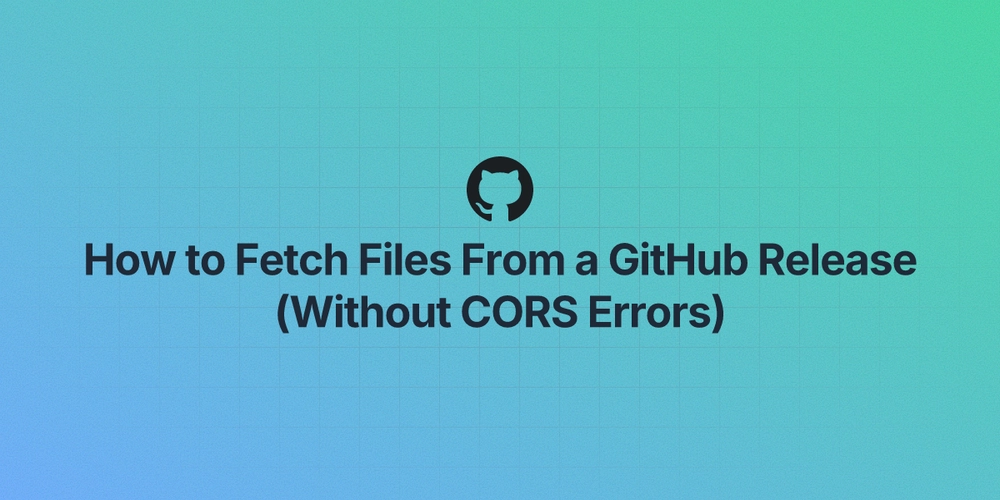







































































































































































































































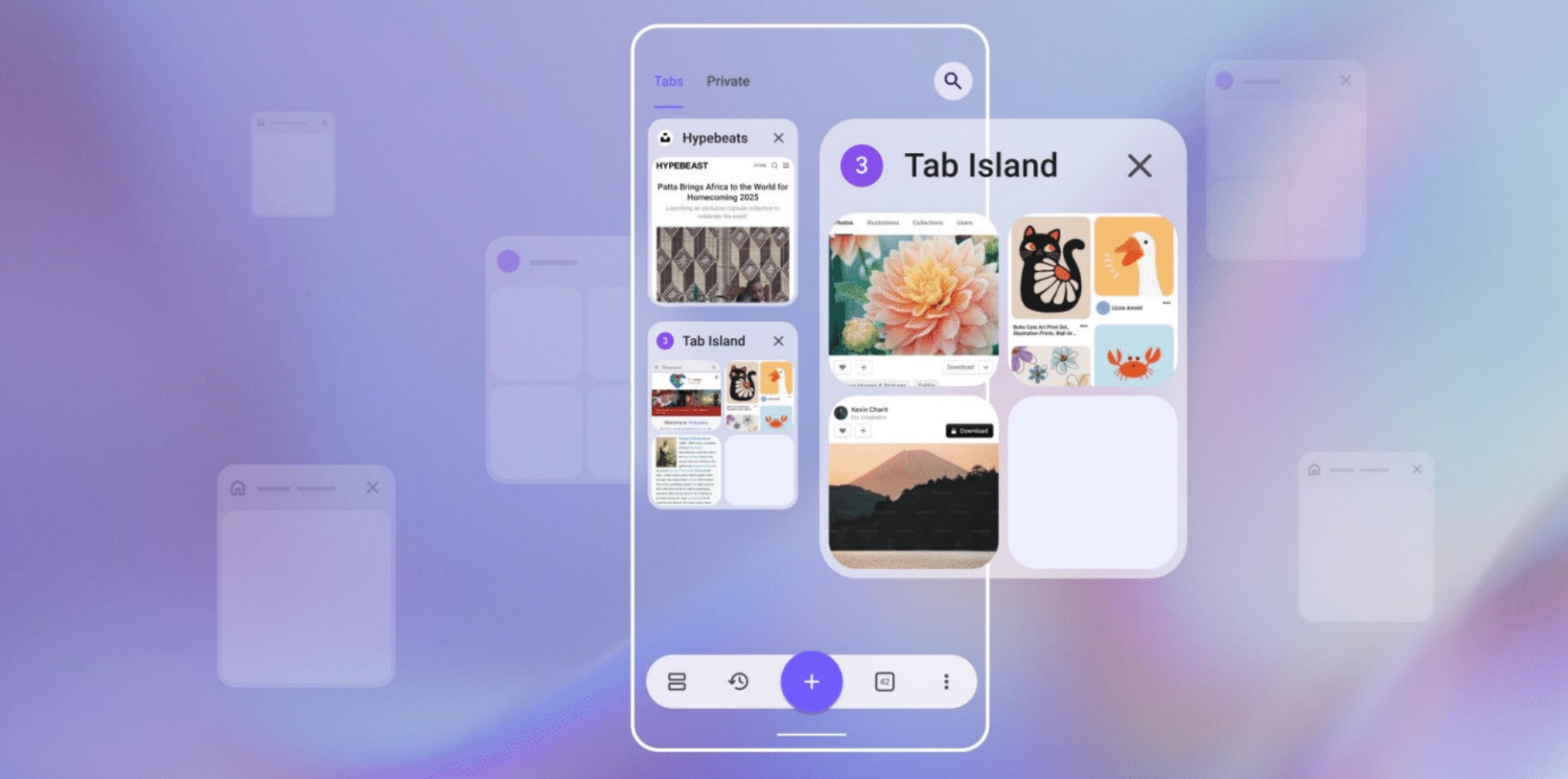
















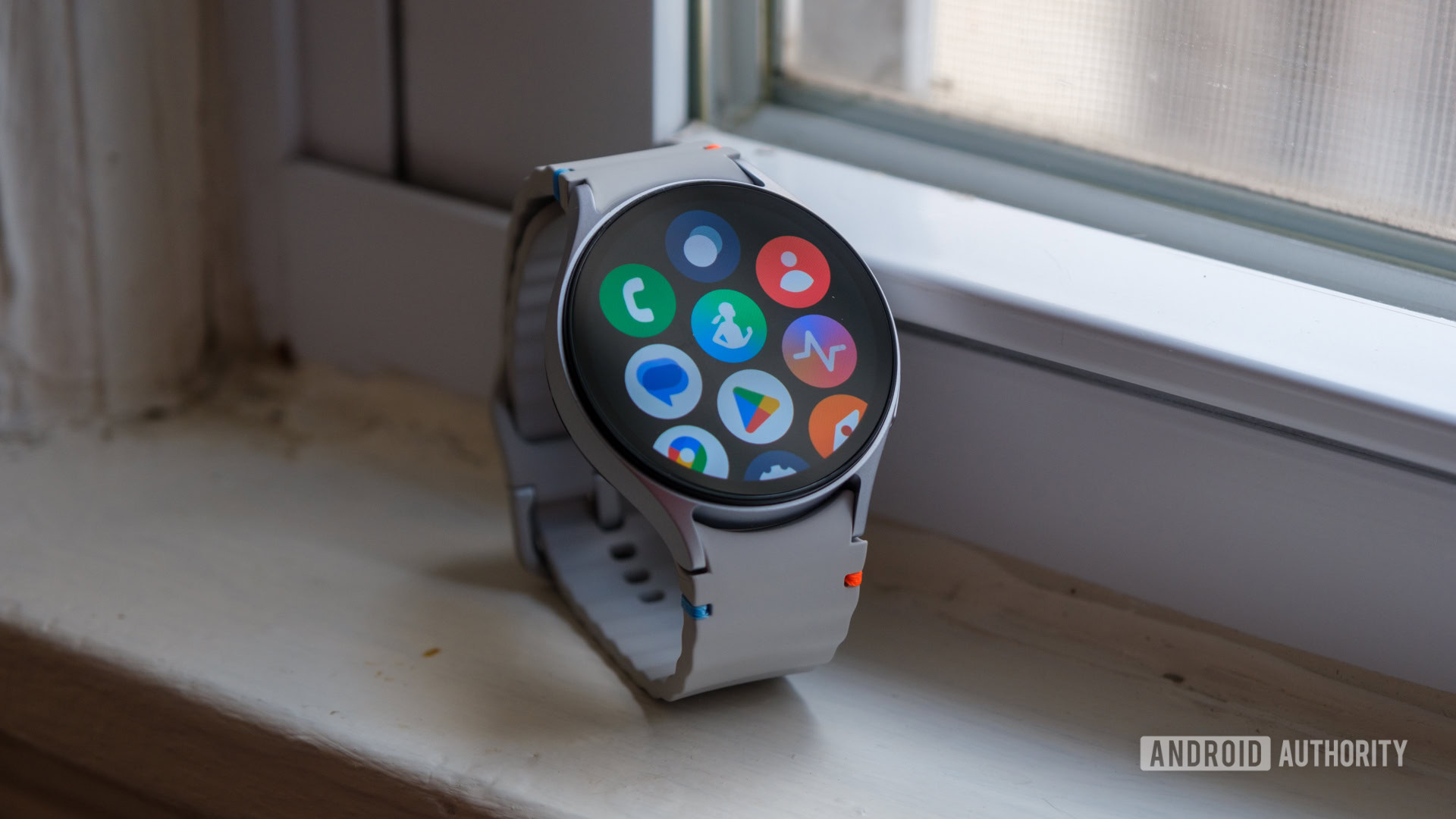




![Chrome 136 tones down some Dynamic Color on Android [U]](https://i0.wp.com/9to5google.com/wp-content/uploads/sites/4/2023/03/google-chrome-logo-4.jpg?resize=1200%2C628&quality=82&strip=all&ssl=1)










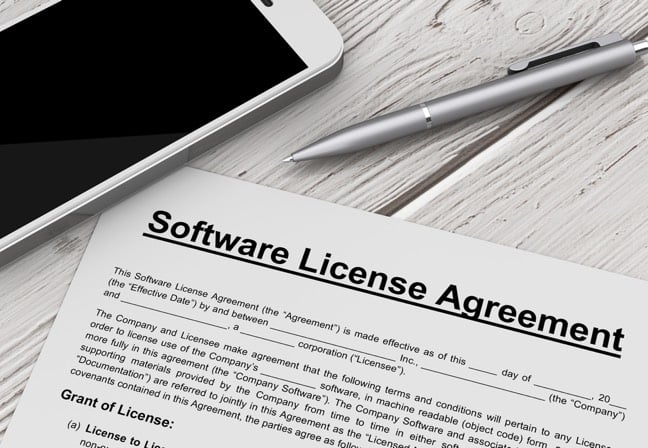



![Apple Shares Official Teaser for 'Highest 2 Lowest' Starring Denzel Washington [Video]](https://www.iclarified.com/images/news/97221/97221/97221-640.jpg)

![Under-Display Face ID Coming to iPhone 18 Pro and Pro Max [Rumor]](https://www.iclarified.com/images/news/97215/97215/97215-640.jpg)
















